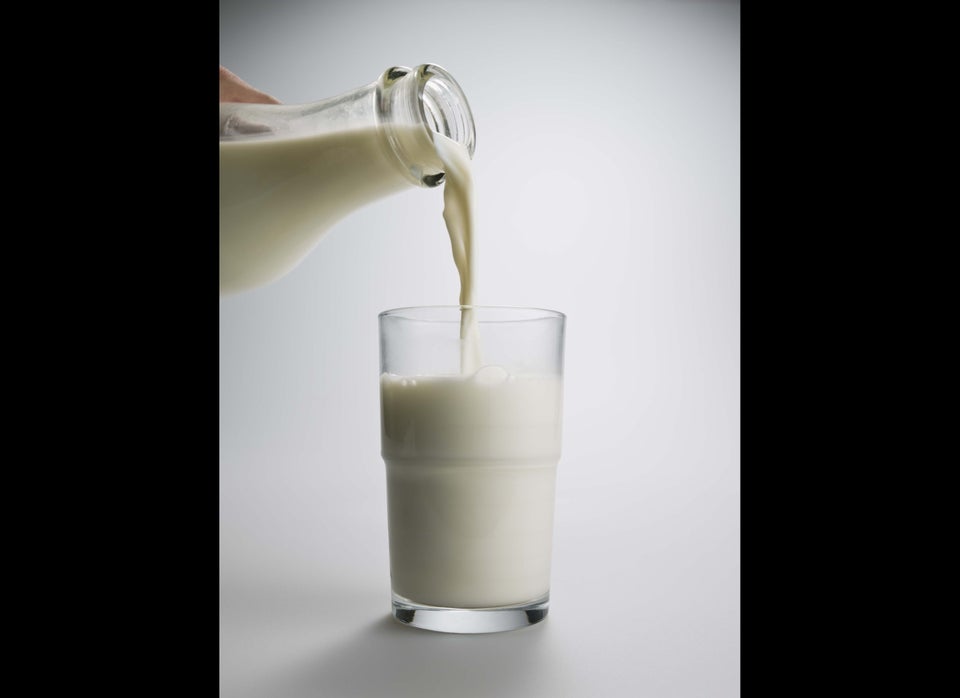
By Angela Haupt for U.S. News
Losing weight is never going to be a piece of cake. But obstacles like bland food, a rigid eating schedule and hours-long meal prep make sticking to a diet -- and seeing the number on the scale steadily decline -- much less likely. That's why it's smart to look for a plan or approach that's relatively easy to follow.
"It's always going to be hard at first, but you're more likely to be able to live with some diets than you are others," says registered dietitian Andrea Giancoli, who serves on U.S. News' Best Diets panel of experts in nutrition and diet. "You don't want something that's immediately setting you up for failure."
U.S. News' Best Diets 2014 spans eight sets of rankings, including Easiest Diets to Follow. The rankings rely on our expert panel's ratings of 32 popular diets from 5 (best) to 1 (worst) depending on how much difficulty the judges thought dieters would have in getting used to a diet, how much taste appeal they felt it would offer, how full they believed it would make dieters feel and how many rules would have to be obeyed.
The experts put Weight Watchers at the top of the Easiest to Follow standings. They liked that it's flexible, tasty and allows for plenty of eating throughout the day -- nothing is off limits, and there's no need for dieters to go hungry. Weight Watchers was followed by Jenny Craig, the Flexitarian diet, the Mediterranean diet, Slim-Fast and Volumetrics. Here's a behind-the-curtains look at what the experts were asked to consider. They apply to any diet, not just the 32 we ranked.
Initial Adjustment
One day you're living on pasta, white bread, chicken wings and potato chips. The next, it's lean chicken breast, green vegetables and quinoa. Any diet inevitably changes meal and snack habits. But a plan that eases you into a new way of eating, still allows for the occasional splurge and doesn't exclude entire food groups is easier to follow than one that puts you in a dietary straitjacket. "A diet is much more doable if it allows for most foods -- even treats -- in appropriate amounts," Giancoli says. "Depriving yourself often backfires."
The experts lauded diets like Weight Watchers and Volumetrics, which don't take entire categories of food off the table. And they liked the Abs diet's weekly "cheat meal," when you can indulge yourself however you want. Mediterranean dieters are encouraged to have a glass or two of wine each day, so you don't suddenly have to scrub all alcohol from your routine. Less-than-stellar marks went to the rules-driven Dukan diet, which is extremely restrictive and labels even the slightest slip-up a destructive mistake. And Paleo dieters must eliminate anything the cavemen didn't eat -- including refined sugar, dairy, legumes and grains. Suddenly flipping the switch to off makes sticking to a diet significantly less likely.
Satiety
All diets aren't equally good at giving you the satisfied feeling that you've had enough. Feeling full makes a diet more bearable: If your stomach is constantly grumbling or you're forced to go long stretches without eating, you're more likely to break down and binge on whatever is in close proximity. That's one reason Volumetrics landed near the top of the Easiest to Follow list. The plan revolves around fruits, vegetables, soups and other low-density foods that help control appetite, and the daily menu includes plenty of snacks and even dessert. The Fast Diet, meanwhile, requires dieters to partially fast for two days a week -- which translates to consuming 500 calories for women and 600 for men per fasting day. There's a good chance those on the plan won't exactly feel full on fasting days.
Tastiness
What odds do you give a diet if you don't like what you're eating? That was one of the judges' problems with Medifast, for example: The limited menu, small portions and powdered, just-add-water food will likely grow old fast. Packaged meals are convenient, but excitement and variety, which help dieters stay on board, are missing. Experts also looked for emphasis on unusual ingredients. They were wary about the raw food diet, which calls for plant-based foods never heated above 115 degrees. That translates to dehydrated bananas, buckwheat/sunflower seed pizza crust, mashed avocado and unpasteurized milk. To gauge whether you might find a particular plan tasty enough to adhere to, Giancoli advises, "check out the recipes first. How many ingredients do most meals require, and are you familiar with them? Or do they call for things you've never heard of?"
Special Requirements
Flexibility and convenience are vital. When they're minimal or absent, diets can be difficult to follow. The Abs diet, for example, requires lots of prep work, and each meal has to include at least two of 12 Abs "powerfoods" such as almonds, beans and instant oatmeal. That's a potential challenge for busy dieters. As for convenience, consider the Zone diet's strict regimen: breakfast within an hour of waking up, and snacks and meals every five hours, with precise percentages of carbs, protein and healthy fat. Point-counting, carb-counting and other calculations detract from a plan's ease. Other considerations: Are restaurant meals allowed, or even doable? Can you eat what the rest of your family eats? Do meals require tedious stovetop toil? Do you have to buy expensive kitchen gadgets like the dehydrator and blender recommended for the raw food diet?
What's hard or easy for one dieter, of course, may be just right or all wrong for another. Some people need lots of rules and restrictions; others can't handle such rigidity. "It boils down to what you feel is sustainable," says registered dietitian Elisabetta Politi, who serves on the U.S. News Best Diets expert panel. "It depends on what fits your personality, what you enjoy and what is or isn't too bothersome."
